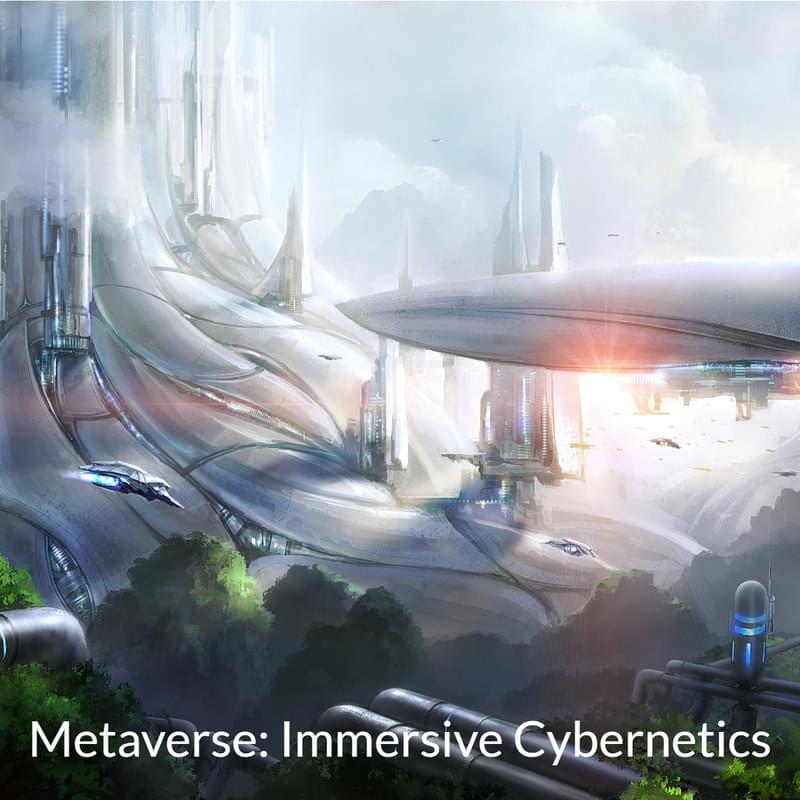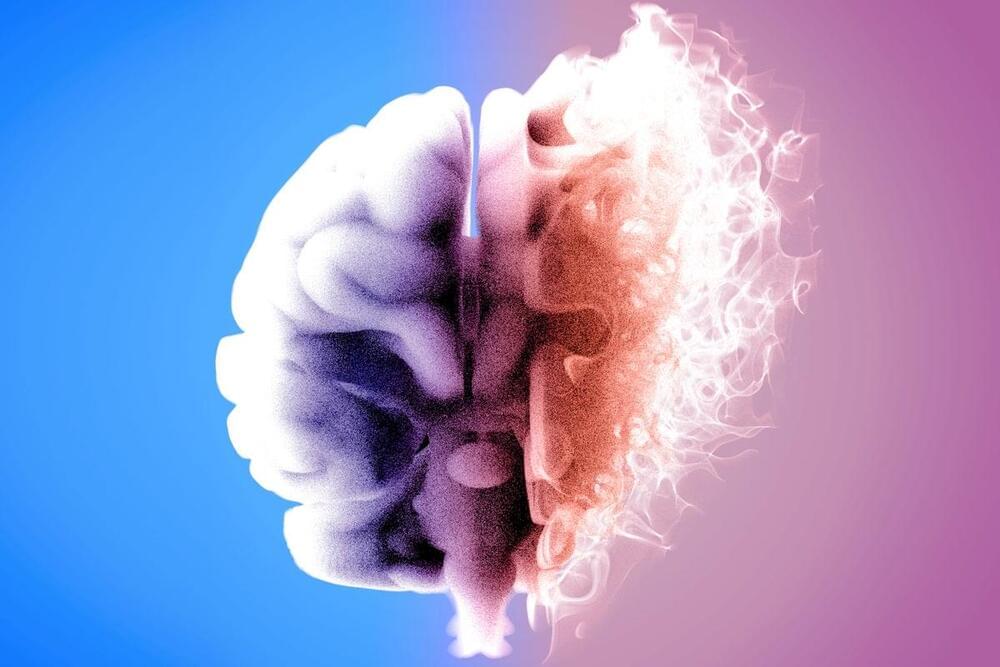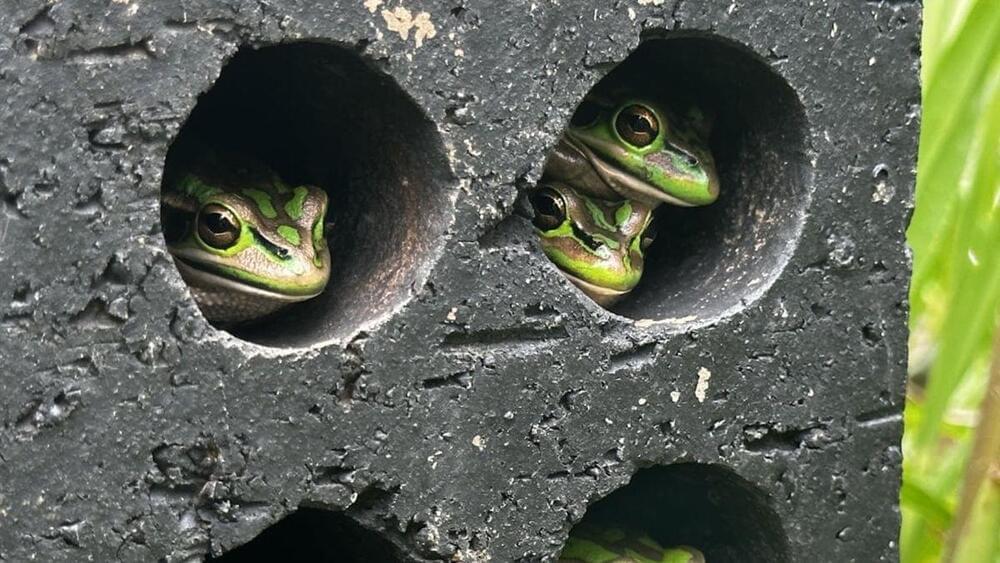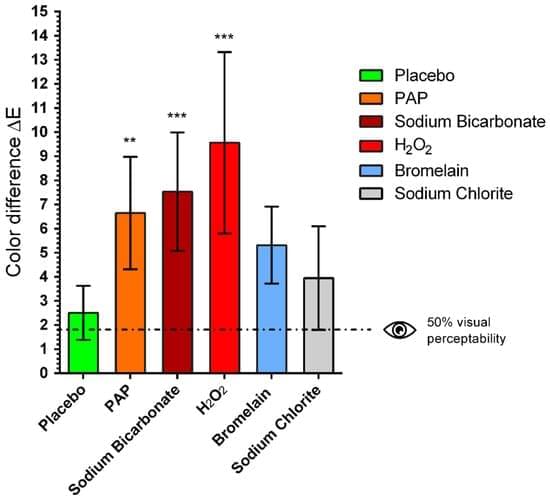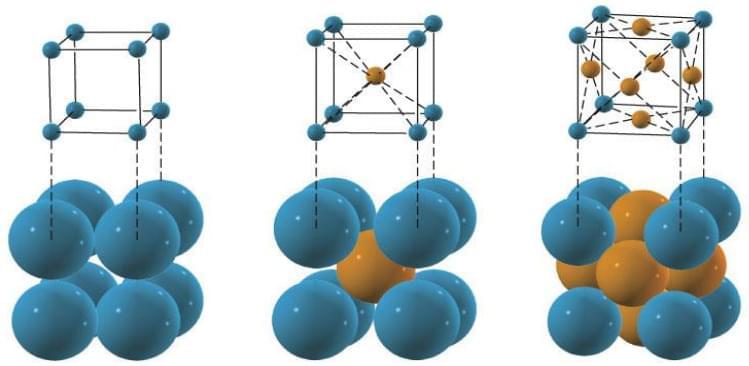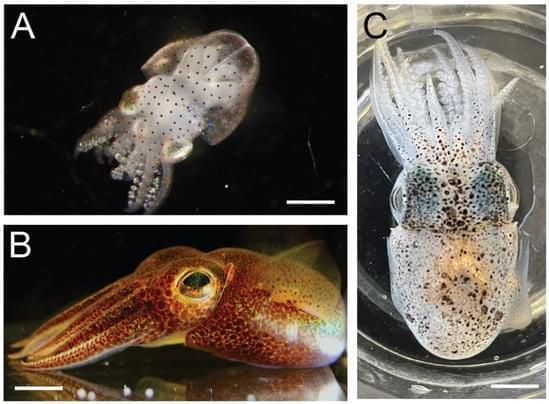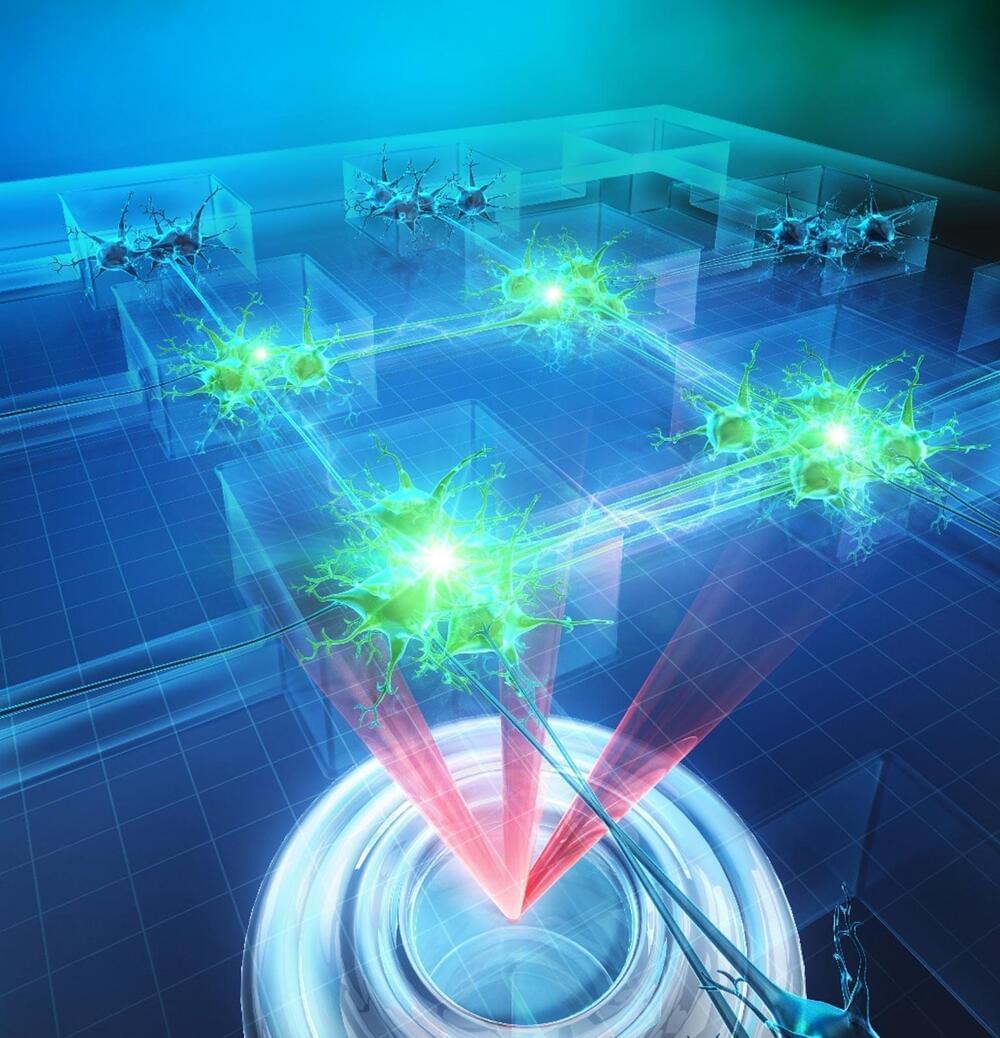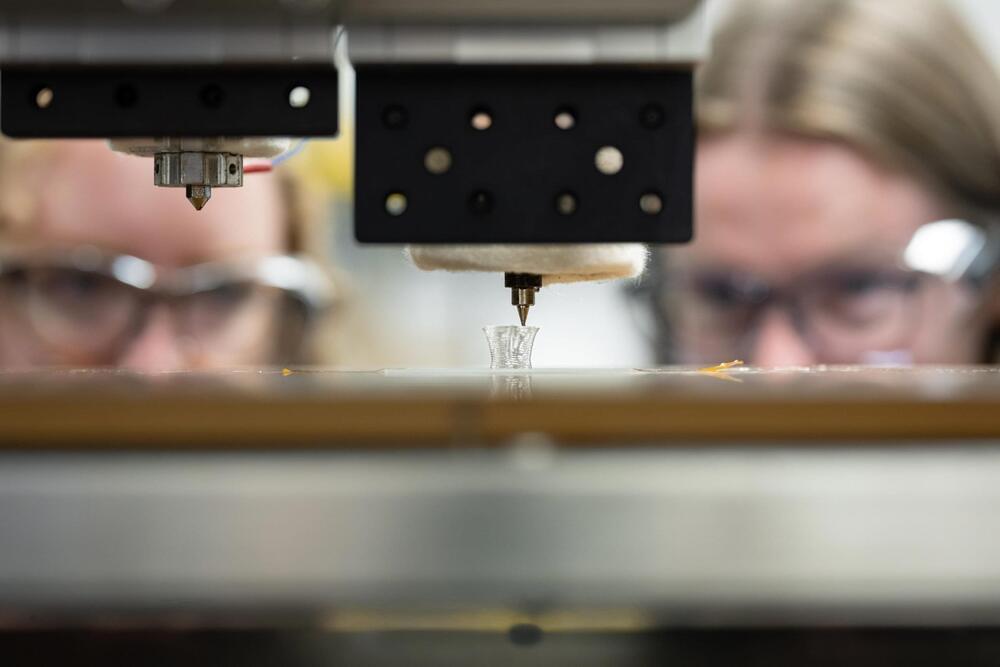Dec 30, 2024
Vitamin D: Supplements unlikely to prevent fractures or falls
Posted by Shubham Ghosh Roy in category: health
Vitamin D supplements with or without calcium, while necessary for overall health, have no effect on preventing falls or fractures in older adults, according to a new draft recommendation from the U.S. Preventative Services Task Force.
By analyzing 20 unique randomized, controlled studies in 54 different publications, reviewers determined that additional vitamin D supplementation for postmenopausal women and older men — given that those populations had normal vitamin D levels, no previous fractures, and no issues with bone density — was unnecessary and had no bearing on the severity of injuries from falls.
The finding was an update from a 2018 recommendation that postmenopausal women should not supplement with 400 units or less of vitamin D and 1,000 milligrams or less of calcium for the primary prevention of fracture; men were not included in that recommendation.

